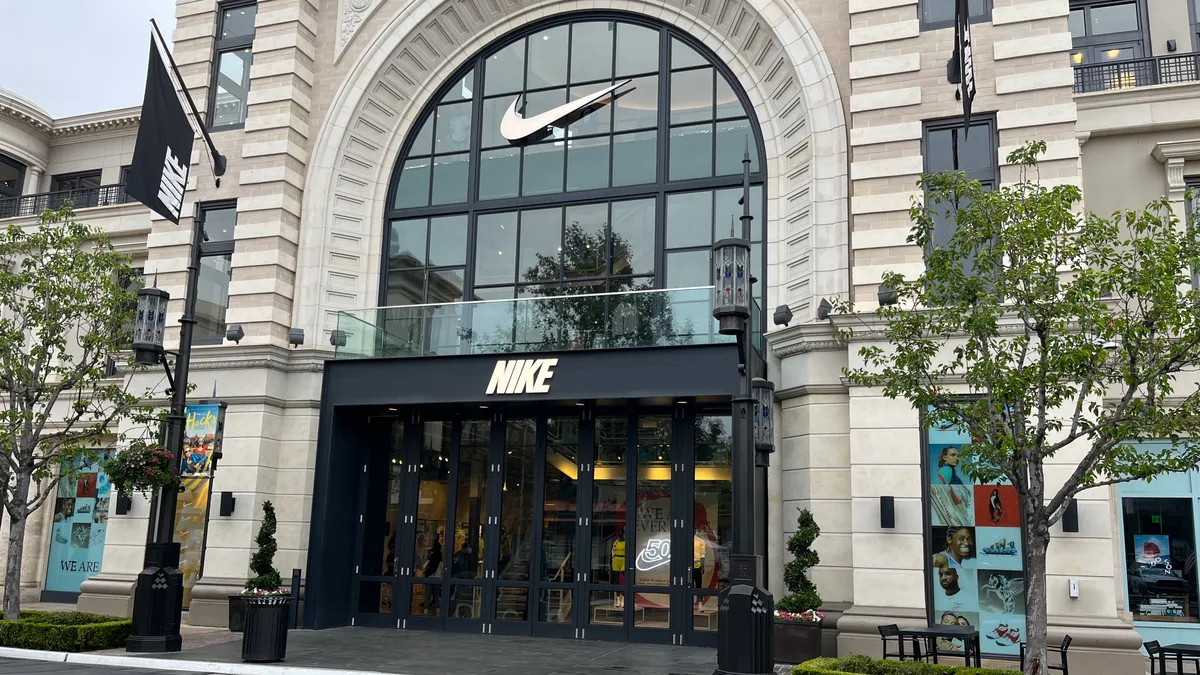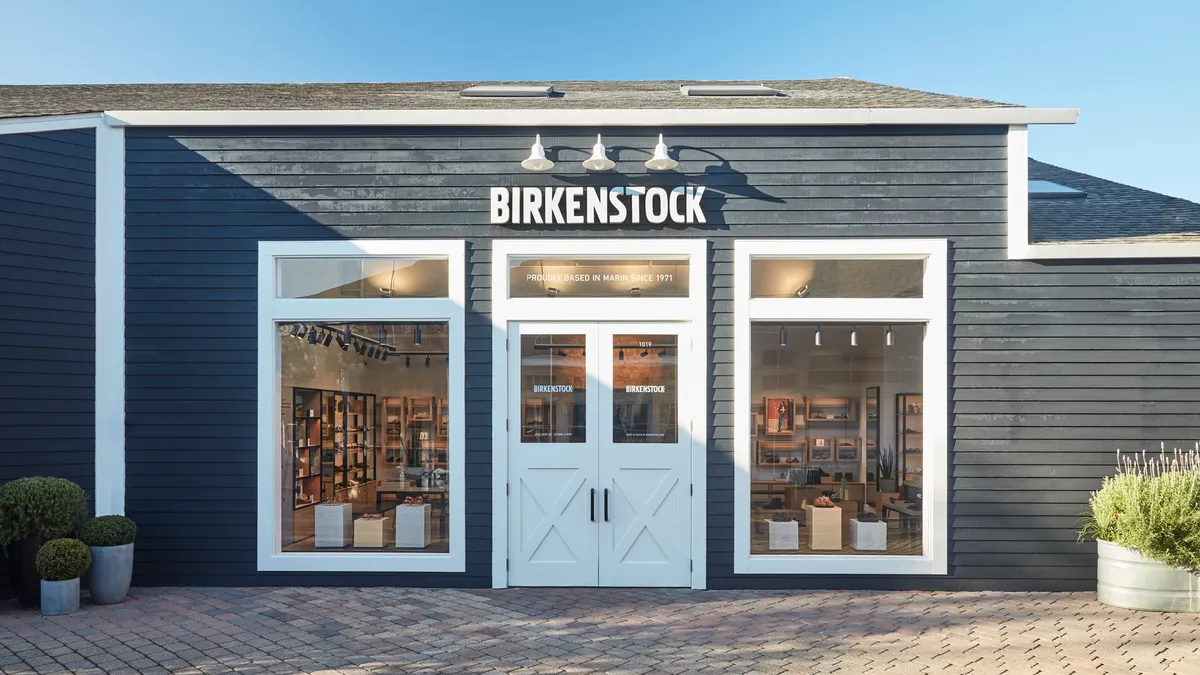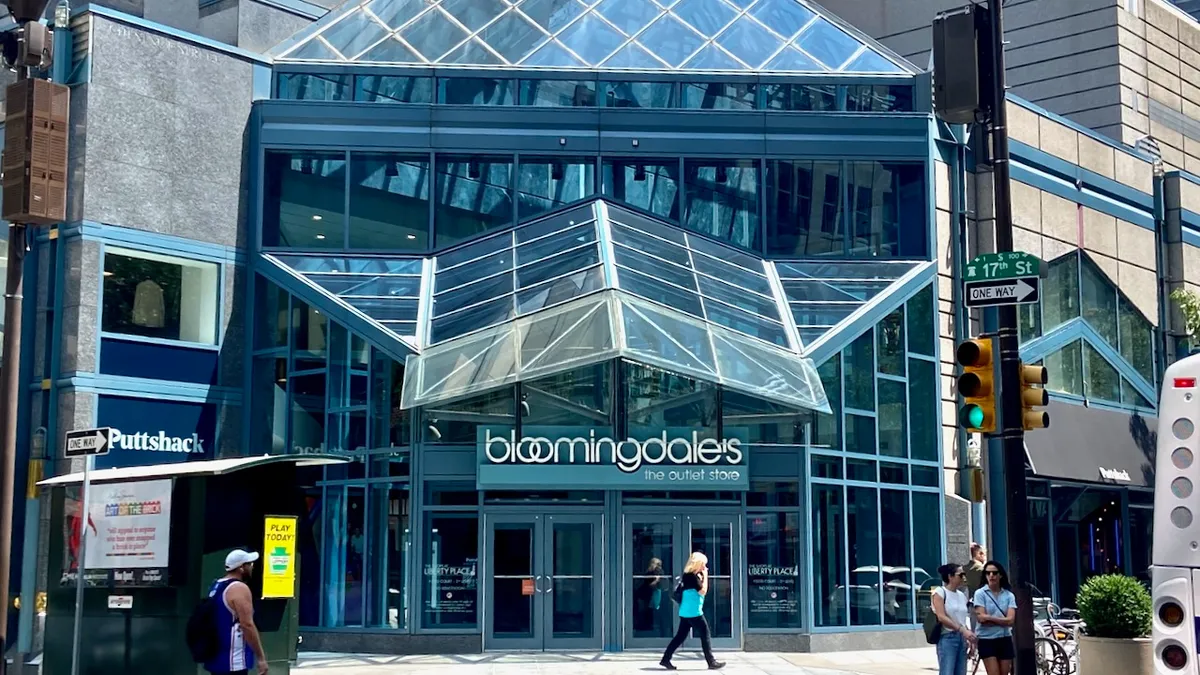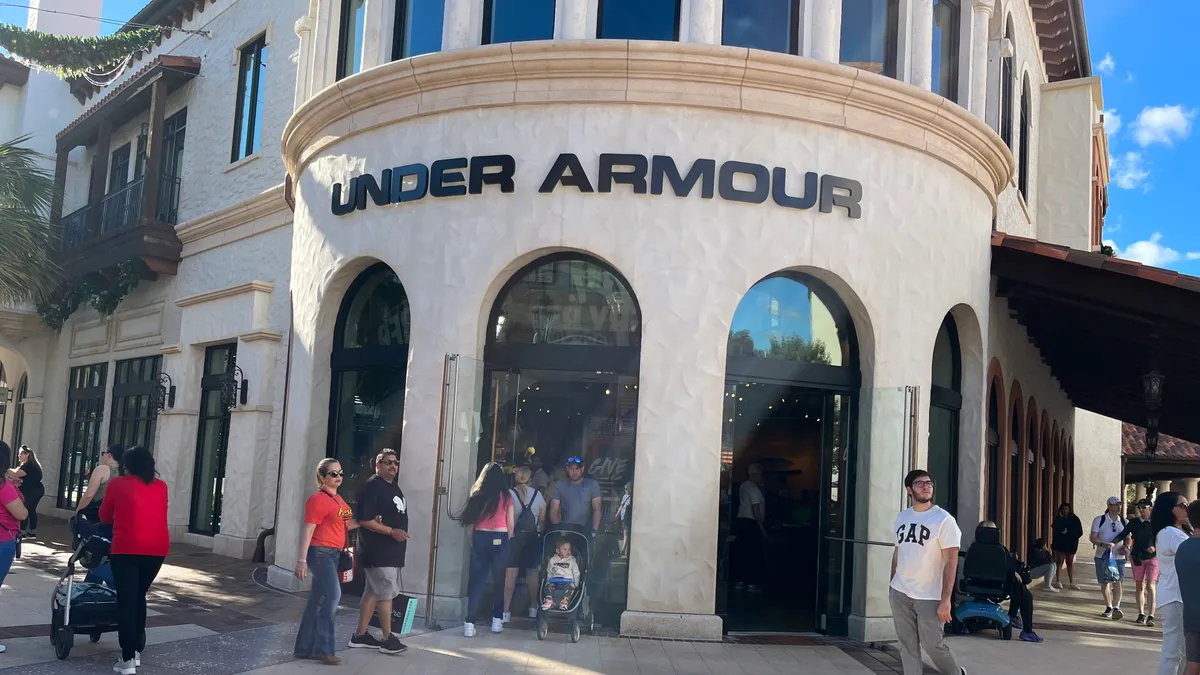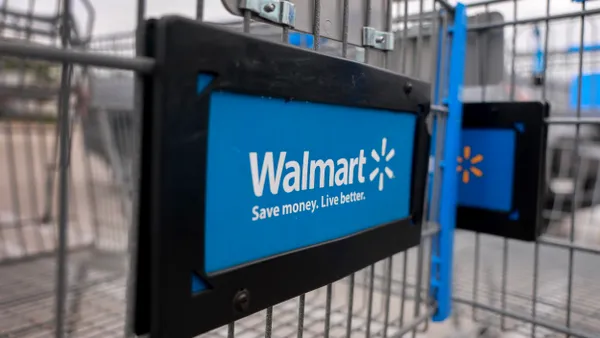The last week has been a blur of Tryptophan-induced naps, doorbusters and digital dreams, and now the retail industry is coming up for air. Cyber Monday sales this year reached an all-time-high $3.45 billion, a 12.1% increase over the year-ago period, according to Adobe Digital Insights data issued Tuesday. Sales surged past Adobe's initial forecast of $3.36 billion, which had Cyber Monday sales neck and neck with Black Friday’s record-setting $3.34 billion in online sales.
As of Cyber Monday's close, online shopping has accounted for $39.97 billion in revenue so far this holiday season, Adobe reports, with 27 out of November's first 28 days generating at least $1 billion each day. However, initial spending numbers should be taken with a grain of salt, with nothing truly certain until the Commerce Department releases its retail sales numbers in January.
Until then, here are a few defining takeaways from this Cyber Monday.
1. Cyber Monday is now Cyber Week
Cyber Monday, now a tradition more than a decade old, was created with the idea that consumers had better access to computers and the internet from work, and would order online from the office after the long Thanksgiving weekend. But now smartphones have equipped shoppers to browse and buy any time, any day, which has eliminated the need for one digital-specific day.
Over the last several years, retailers have responded by extending Cyber Monday deals into Tuesday and beyond, and this year, retailers such as Target, Wal-Mart, Amazon and J.C. Penney rebranded their digital sales events into a “Cyber Week," continuing to showcase slashed prices and free shipping options. For the first time, Wal-Mart kicked off its Cyber Monday deals on Black Friday at midnight, whereas last year the retail giant waited until Sunday to roll out its digital deals. Amazon also unveiled deals for the week of Cyber Monday on Friday, touting 75,000 promotions.
The concept of Black Friday and Cyber Monday as the best days for discounts is essentially dead, Katie Smith, senior retail and fashion analyst at Edited, wrote in a note emailed to Retail Dive.
“[T]oday, they refer to a near week-long incremental discounting event,” she said. “However, the danger of Black Friday and Cyber Monday seeping into a longer timeframe is that ongoing discounting will discredit the full price on retailers' wares, leading to discount fatigue and an even greater reluctance by consumers to pay anything but the biggest price drop.”
2. Cyber Monday still generates the most online sales over the holiday weekend
Before jumping to the conclusion that Cyber Monday is dead, consider the chart above. Cyber Monday sales and Black Friday online sales both topped records and Adobe Digital Insights estimates, with Cyber Monday surging past every other day during the Black Friday holiday period.
An estimated 122 million consumers shopped Cyber Monday deals, about a million more than last year, according to the National Retail Federation. But some analysts are skeptical of Cyber Monday’s future as Black Friday and Saturday digital sales continue to soar to new heights.
“Sales are endless, and Cyber Monday was never a real thing. It was created when it was easier to get online from work than it was from home,” Paula Rosenblum, RSR Research co-founder and managing partner, told Retail Dive in an email. “Those days are long gone, so I’m not surprised that the 'holiday' has been extended. I think by now most consumers recognize a deal when they see it, and a bunch of noise when they see that, too."
3. Mobile is more important than ever
The year of mobile has finally arrived, and most retailers were prepared. Smartphones generated 53% of online visits and 35% of Cyber Monday sales, Adobe reported.
Mobile dominated shopping during Cyber Week overall, according to data from brand personalization solutions firm Monetate. The firm (which defines Cyber Week as the period of Nov. 21 to Nov. 28) reported a 53% increase in conversion rate and a nearly 30% increase in average order values.
“Mobile performed better than last year from Thanksgiving through Cyber Monday in almost every aspect — higher conversion rates, lower cart abandonment and higher average order values," Monetate's CEO Lucinda Duncalfe told Retail Dive in an email. "Meanwhile, tablets have underperformed consistently with only one bright spot: higher AOV on Black Friday. Despite the challenge of screen size on mobile, consumers are voting with their dollars for the convenience of a device that is always at hand. The retailers who have optimized their mobile e-commerce experiences are winning this holiday season.”
Amazon was a clear mobile winner. Between Thanksgiving day and Cyber Monday, the Amazon app had nearly 500,000 downloads and ranked as the top Apple iOS shopping app and the second best Google Android shopping app, according to data emailed to Retail Dive from mobile app intelligence provider Apptopia. Top retail apps also included Wish, Target's Cartwheel and Wal-Mart's flagship app.
4. Retailers are still plagued by outages
Another Cyber Monday, another website outage fiasco.
This year, big-box retailers like Target (which faced disruptions last year) fared well, but website delays and outages plagued Gap Inc. At least two of its apparel brands, Banana Republic and Old Navy, failed to handle the increased web traffic and showed temporary delay messages to customers throughout parts of the afternoon. Many frustrated Old Navy shoppers took to Twitter to vent about their difficulties trying to checkout, and some asked the retailer to extend the deals another day.
@OldNavy no response but Sitr still down over an hour later- are you extending cyber Monday deals?
— Colleen Conway (@colleenaconway) November 29, 2016
@OldNavy What a joke for Cyber Monday. I did not have the day off. I was trying to shop the last hour but your website kept crashing.
— Lady Patriot (@Lady_Patriot_US) November 29, 2016
Jennifer Poppers, a spokeswoman for Gap Inc., acknowledged the “temporary technical issue” in an email to Retail Dive, adding that "Providing our customers with a great online shopping experience is a top priority, and we apologize to our Old Navy customers for any inconvenience this may have caused."
There's a lot at stake for retailers this holiday season, and retailers can't afford to lose out on digital sales, David Jones, director of sales engineering and APM evangelism for Dynatrace, said in a note emailed to Retail Dive. “Since even a half-second increase in site speed can impact conversions by 11%, retailers need to be sure their websites and mobile apps don’t buckle under the pressure of peak online holiday shopping.”
This story is part of our ongoing coverage of the 2016 holiday shopping season. You can browse our holiday page for more stories.







